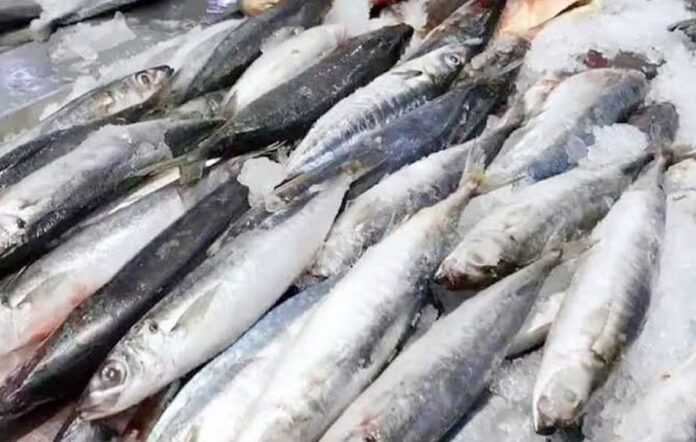THE GOVERNMENT should increase import volumes for fish to address supply gaps and keep food prices under control during the closed season in key fisheries, an economist said.
Karlo Fermin S. Adriano, Ateneo de Manila University Department of Economics lecturer, said in a virtual briefing Wednesday that over the short term, the government should increase the volumes covered by its certificate of necessity to import (CNI) permits.
“A solution is to amend (the) CNI to allow more imports in the fourth quarter of more than 100,000 metric tons (MT) and a total of 200,000 MT from November to March 2021,” Mr. Adriano said.
The Department of Agriculture (DA) has announced that it approved the issuance of CNIs covering 60,000 MT of fish during the closed season.
The CNIs were in effect on Sept. 2 and run until December. They cover shipments of small pelagic fish such as round scad (galunggong), mackerel, and bonito.
According to the DA, the closed fishing season is implemented annually in the Davao Gulf (June 1 to Aug. 31), Visayan Sea (Nov. 15 to Feb. 15), Sulu Sea (Dec. 1 to March 1), and Northeast Palawan (November to January).
Mr. Adriano said another short-term solution is to rework Fisheries Administrative Order (FAO) No. 259 allowing more parties to import fish, thereby fostering more competition.
FAO 259 sets the rules for importing frozen fish and fishery/aquatic products for wet markets during closed season or during calamities.
Mr. Adriano argued that the number of importers allowed to import is insufficient and needs to be increased.
“As of 2020, there are only 22 FAO 259 importers versus 400 to 500 importers for pork. (There is little) competition in importing fish,” Mr. Adriano said.
Meanwhile, Mr. Adriano said the government should let the market decide when to import, citing as a model Republic Act (RA) No. 11203 or the Rice Tariffication Law.
He added that the future of the fishing industry is in aquaculture due to declining fish catches globally.
“The government should focus on tilapia and milkfish because in previous studies, we have comparative advantage in these two products,” Mr. Adriano said.
Fisheries and Aquaculture Board Chairperson Lourdes R. Tanco said the long-term plan is to seek a review of RA 8550 or the Philippine Fisheries Code.
“We believe that RA 8550 should be reviewed for everything, (including in terms of) imports as a solution to food security,” Ms. Tanco said.
According to the Philippine Statistics Authority, fisheries production fell 2.4% to 1.15 million MT in the second quarter of 2021.
Of the total, aquaculture accounted for 50.9% or 585,483.59 MT.
This was followed by municipal fisheries with 25.4% or 291,623.84 MT and commercial fisheries with 23.7% or 272,244.35 MT. — Revin Mikhael D. Ochave

